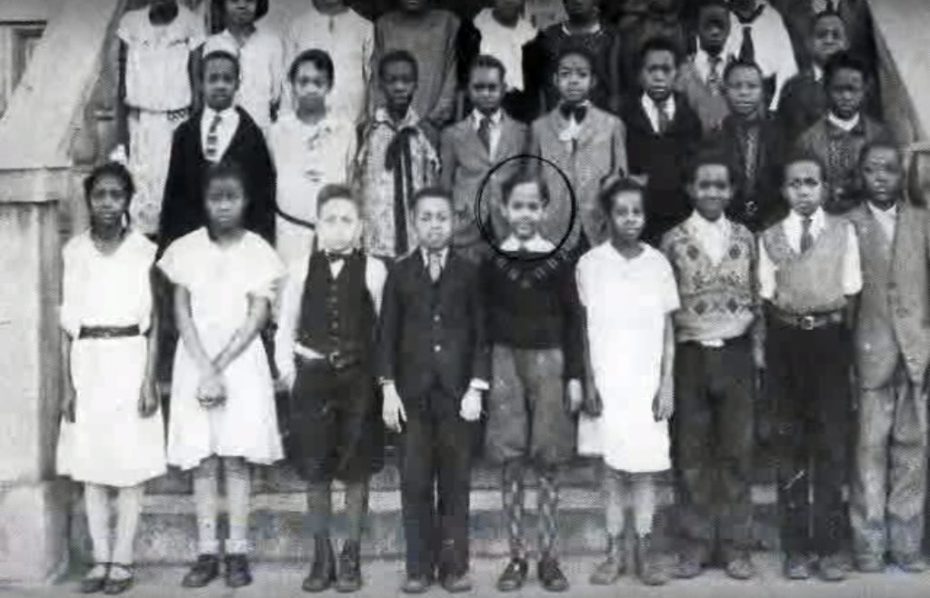The Tale of Hollywood’s Most Curious Career ImposterPosted in Articles, Arts, Biography, History, Media Archive, Passing, United States on 2019-09-01 02:44Z by Steven |
The Tale of Hollywood’s Most Curious Career Imposter
Messy Nessy: Cabinet of Chic Curiosities
2019-07-11
Francky Knapp

Sex sells, and it sells even better with a dash of mystery. For every housewife in mid-century America, the enigmatic charm of Indian performer Korla Pandit was the ticket to getting weak in the knees before the kids came home from school. In the 15 minutes allotted to The Korla Pandit Program, the performer brought a scintillating new rhythm to suburbia’s ho-hum beat. Every week, he’d grace the small screen and play the sultry sounds of Miserlou with a coy smile, wearing a bejewelled turban, and flashing those soul-searching bedroom eyes. It was all part of his schtick, of course, and one of the most strangest in Hollywood history, given that Pandit wasn’t Indian, but African American. Today, the persona he created opens up a dialogue about race, fame, and surprising flexibility of truth…

Read the entire article here.